Conflict between theory and observational evidence suggests a missing ingredient in our understanding of the early Universe.
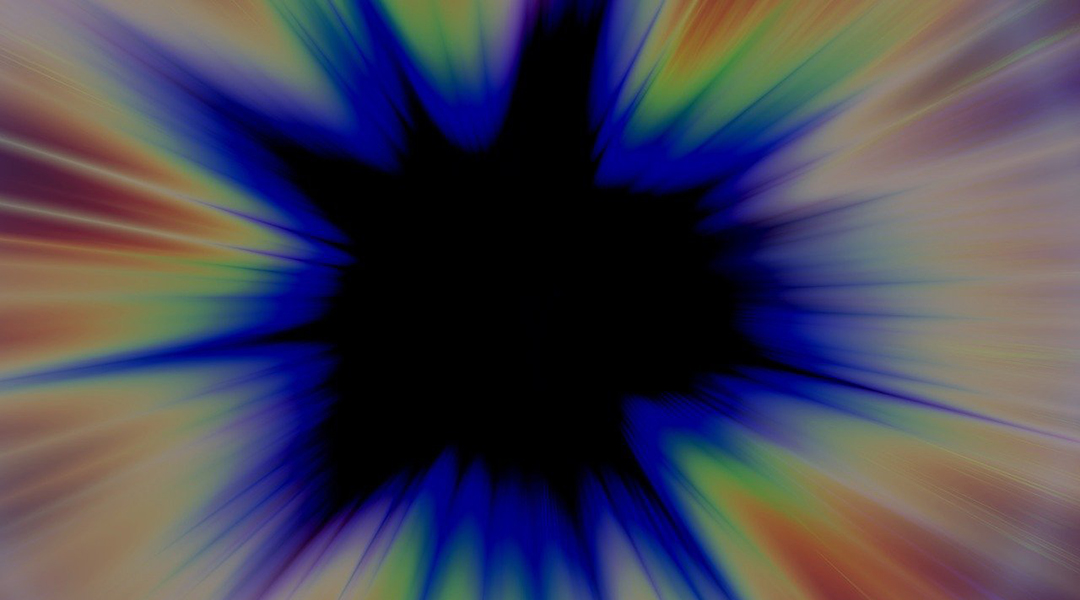

Conflict between theory and observational evidence suggests a missing ingredient in our understanding of the early Universe.
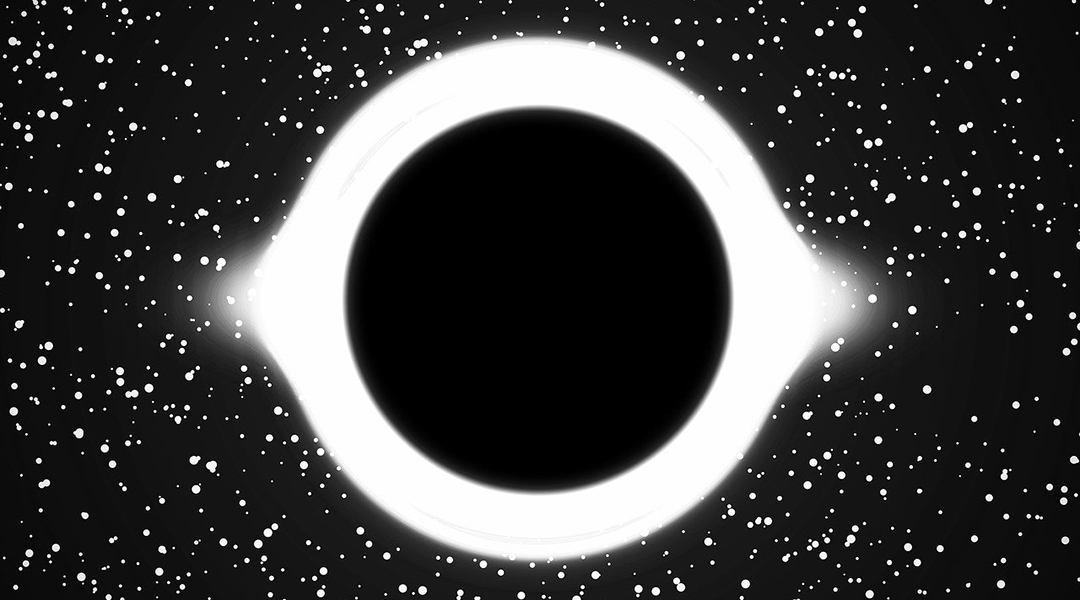
Oscillations measured in the orbits of a pair of black holes have once again helped confirm predictions made using general relativity.
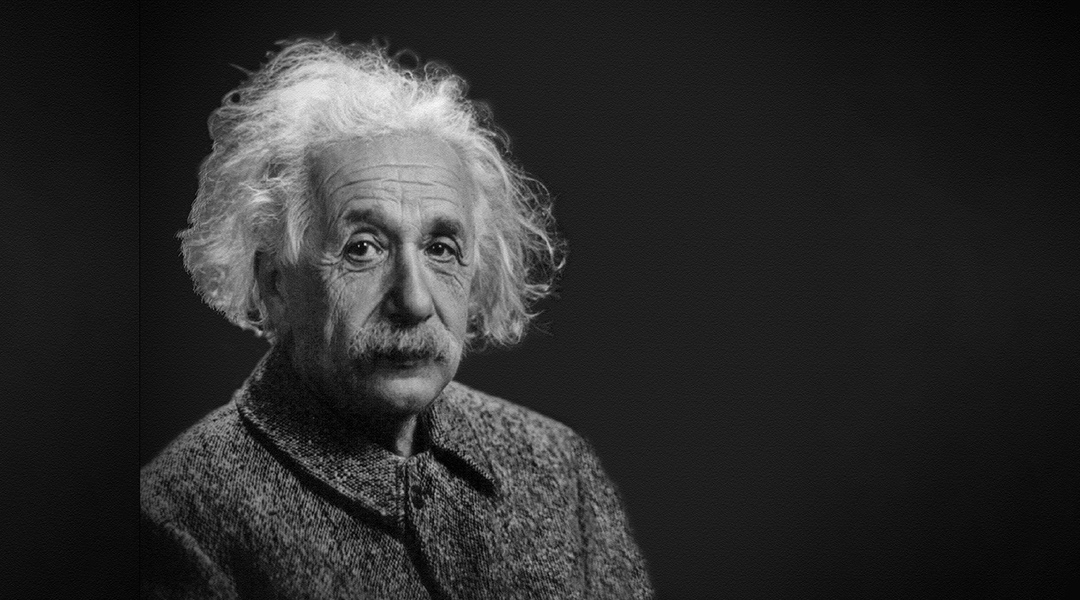
More than 100 years on after Einstein’s 1921 Nobel Prize, some confusion remains around the committee’s reasons for omitting relativity.
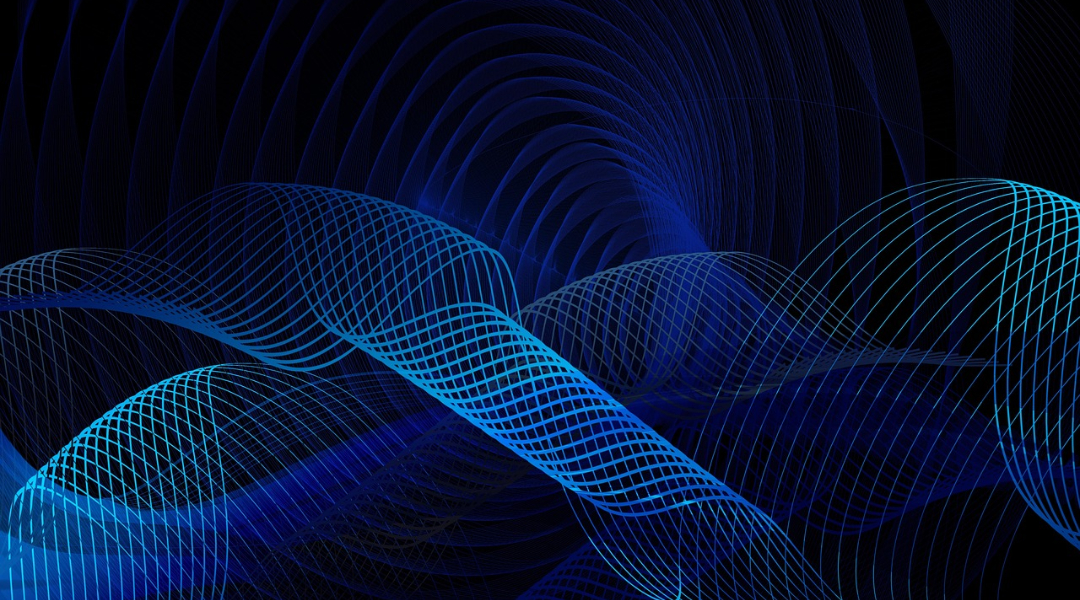
A new theory proposes gravity isn’t a fundamental force but emerges from quantum electromagnetic interactions, potentially reshaping our view of spacetime itself.

A new machine learning algorithm that can rapidly pinpoint the location of a neutron star merger using gravitational wave signals alone.
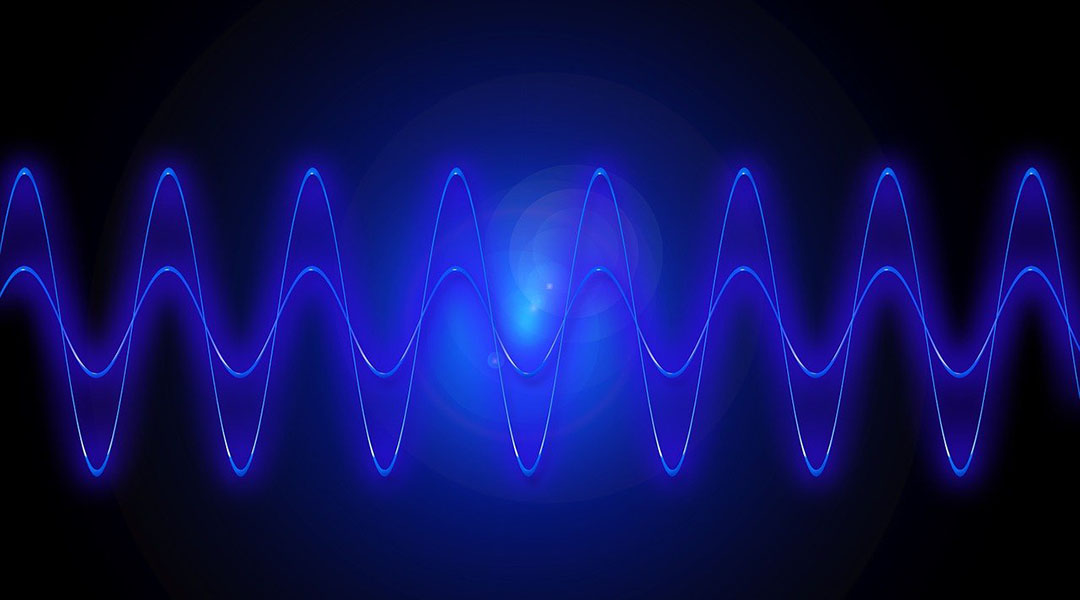
If experimentally proven that gravity is classical, we will have to start from the beginning in a search for a satisfactory ontological picture of the world.
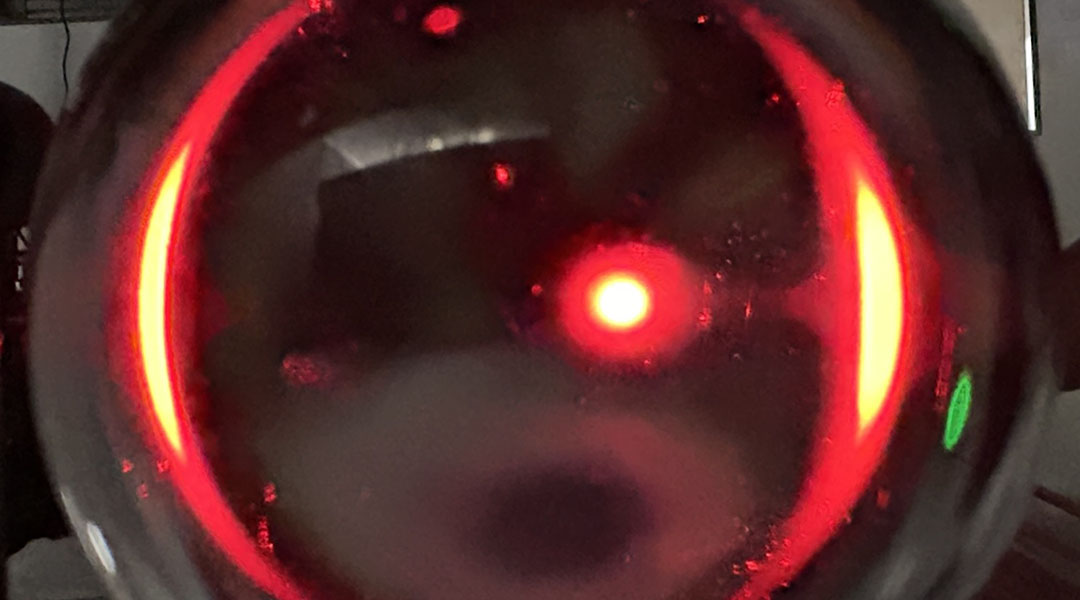
Lenses help researchers mimic the way massive cosmic objects bend light—bringing the elusive effects of gravitational lensing to Earth.
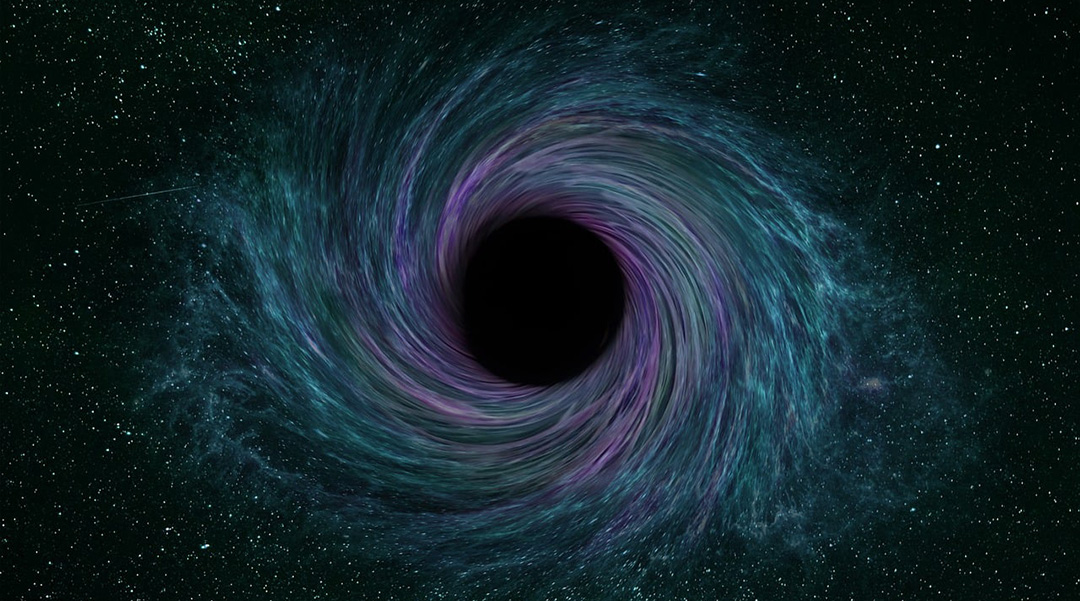
Linking string theory with observations, frozen stars shed new light on black holes and the clash between quantum mechanics and relativity.
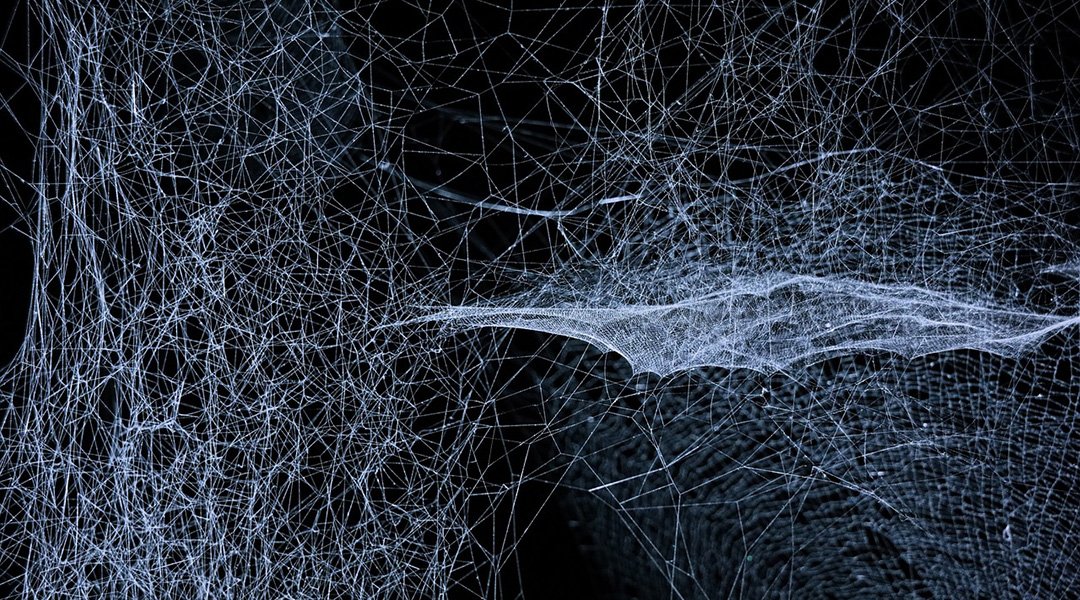
Scientists propose that mysterious dark energy could be understood if we look at the Universe through the lens of string theory.
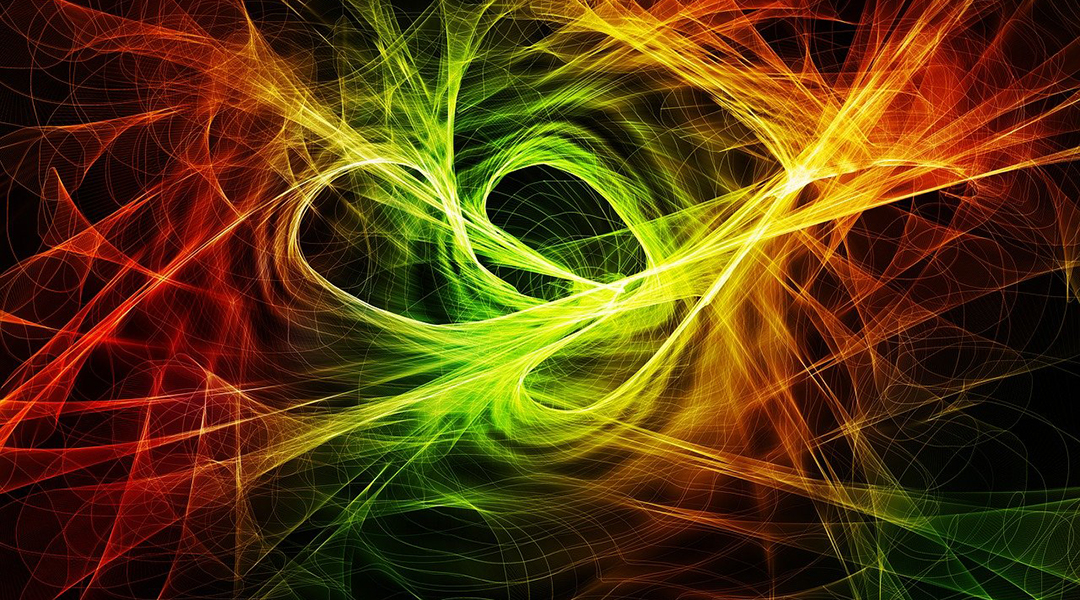
Researchers at CERN’s Large Hadron Collider explore subtle energy signals to search for new physics beyond the Standard Model.